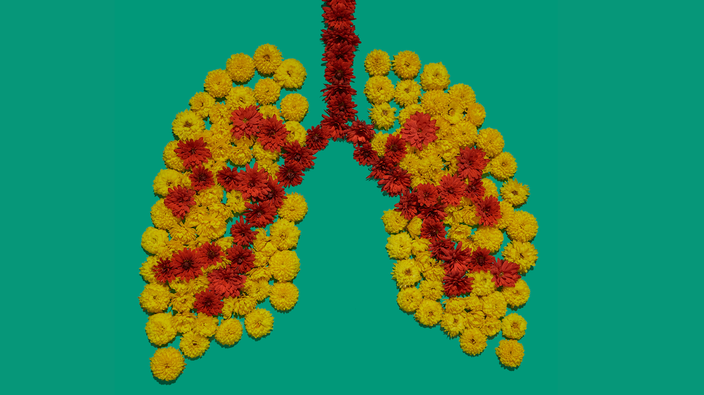wearing good quality respiratory protection, which may include n95 masks, can help. but also respirators that can remove chemicals more effectively, since n95s remove particles but do not control toxic gases like hydrogen sulphide.
what indoor pollutants are harmful and how do we reduce or eliminate them?
smoking — typically tobacco, but there is some evidence that cannabis and vape also have an impact — is the single-most modifiable and significant contributor to indoor air pollution.
it is important to make sure that all of your natural gas appliances work properly and vent to the outdoors. when possible, switch to appliances associated with fewer pollution problems.
anything that burns, including fireplaces, wood stoves and scented candles can contribute to indoor air pollution. lungs do not like to breathe in any kind of oil, because it consumes the surfactant that lungs use to protect themselves and make breathing easier.
carbon monoxide is of most concern during the winter, when people might be dependent on combustion for heat. it is odourless, invisible, and lethal, so using a carbon monoxide alarm saves lives.
